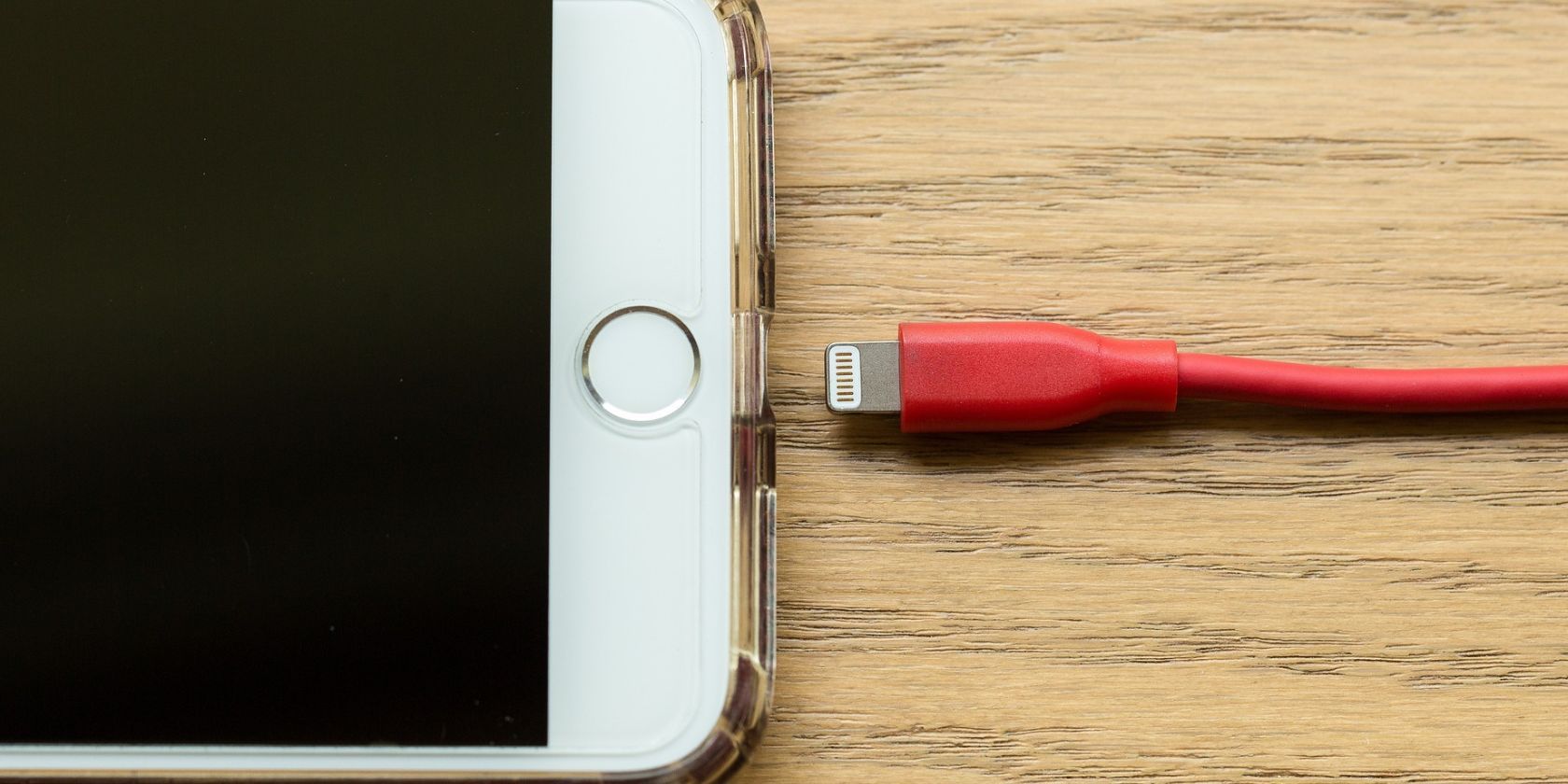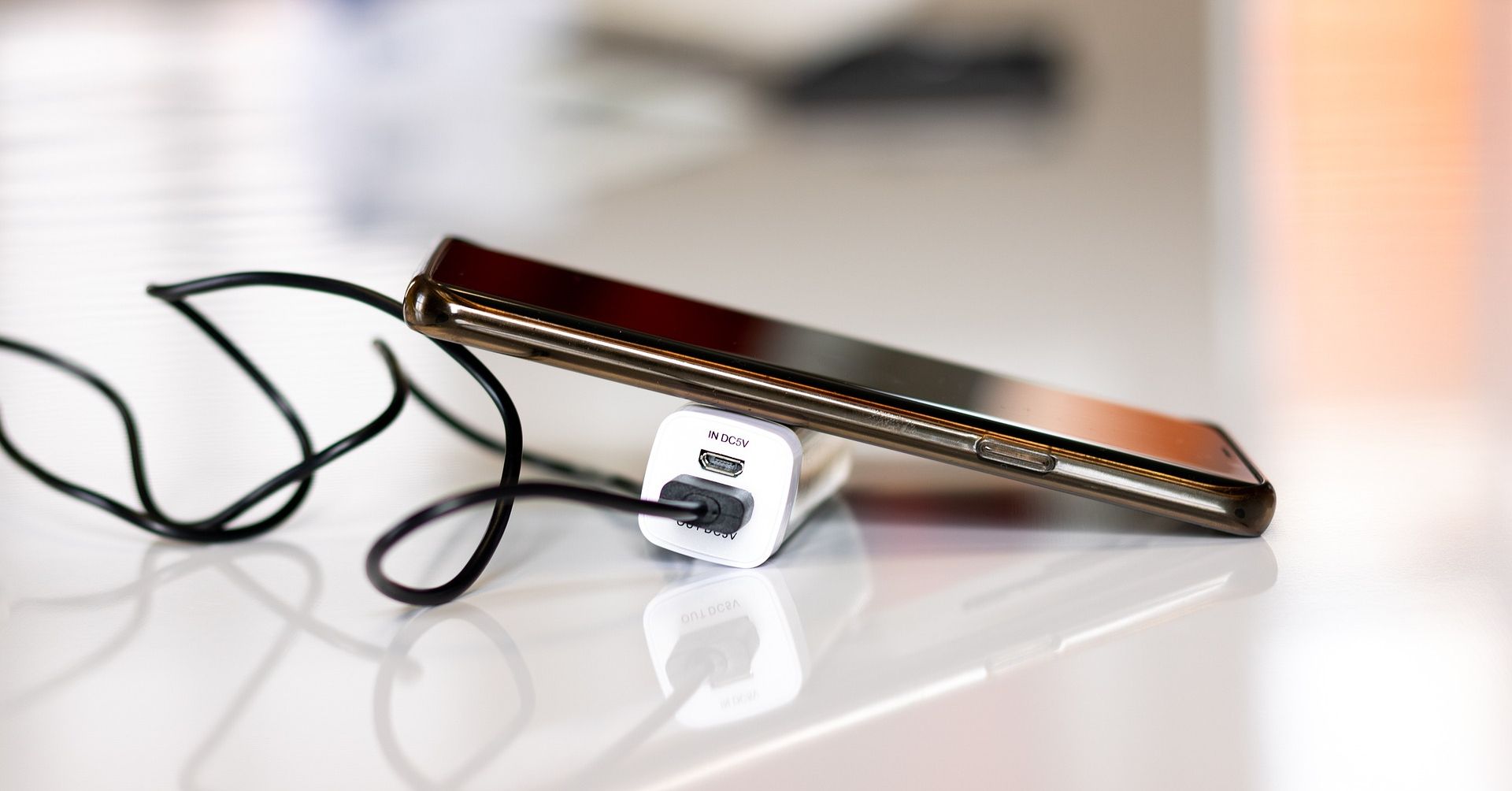Our smartphones are incredibly important in our day-to-day lives, be it for work, shopping, socializing, or simply checking the weather. Because we're so frequently on our phones, it's easy for the battery to drain in a short period of time. That's why public charging stations come in handy. But using these stations exposes your device to something known as juice jacking. So, what is juice jacking, and why is it so dangerous?
What Is Juice Jacking?
Coined in 2011, the term "juice jacking" is used to describe the targeting of devices via public charging stations.
Juice jacking attackers prey on people's need to charge their phones away from home. While some now use portable chargers, this is not the case across the board, and many still find themselves with a dying battery when out and about. The obvious solution here is a public charging station.
Airports, hotels, shopping malls, and various other public locations offer charging stations to those who need a boost. And, when you connect your smartphone to a public charging station, there doesn't seem to be much at risk. After all, you're simply using a charger, right? Not necessarily.
In juice jacking, a malicious individual will use an infected USB port or charging cable to control, steal data from, or install malware onto the victim's device. It is a type of hardware-based Man-in-the-Middle (MitM) attack. The kind of malware that can be loaded in this scenario varies depending on the attacker's goal.
When you connect your phone to a charging station, it essentially becomes an external drive. When you plug an external drive into your laptop or desktop PC, data can be loaded from the drive onto your device. It's this process of data transfer that can be exploited in a juice jacking attack.
The process of juice jacking also involves the exploitation of a USB's five pins. In a typical USB cable, two pins are used for charging. But it will also contain two pins for data transfer, which are targeted in juice jacking to load malware or steal sensitive data.
The Consequences of Juice Jacking
Juice jacking can theoretically be incredibly harmful to your device, and your security. This kind of attack could target many kinds of sensitive information, including text messages, passwords, files, and other valuable data. With this, a threat actor could access your online accounts, snoop on your conversations, or view private images and documents.
Thankfully, juice jacking isn't a massive issue at the moment. A handful of cases have been allegedly reported on the eastern U.S coast, but aside from that, juice jacking seems to be extremely rare. However, this does not mean that juice jacking isn't feasible, and it might become more widespread in future.
How to Avoid Juice Jacking
If you want to avoid the possibility of a juice jacking attack, the solution is clear: don't use public charging stations. While this can be convenient when you're running low on battery, it can become a lot more of a curse than a blessing if you're unlucky enough to come across an infected port or cable.
However, if you're very dependent on public charging stations and don't want to give up this convenience, you could consider getting yourself a "USB condom". These devices are designed to block all USB pins except for those used for charging. This completely eliminates the risk of juice jacking by physically restricting the use of any given USB cable.
You can find these nifty gadgets on sites like Amazon and eBay. They can also be useful when connecting to other devices, like public computers.
Juice Jacking Isn't Widespread... Yet
As cybersecurity measures are further developed, attackers are constantly looking for new ways to exploit your tech. So, though juice jacking isn't a popular cybercrime method now, there's no saying that this won't change in the future as our reliance on smartphones continues to increase.


